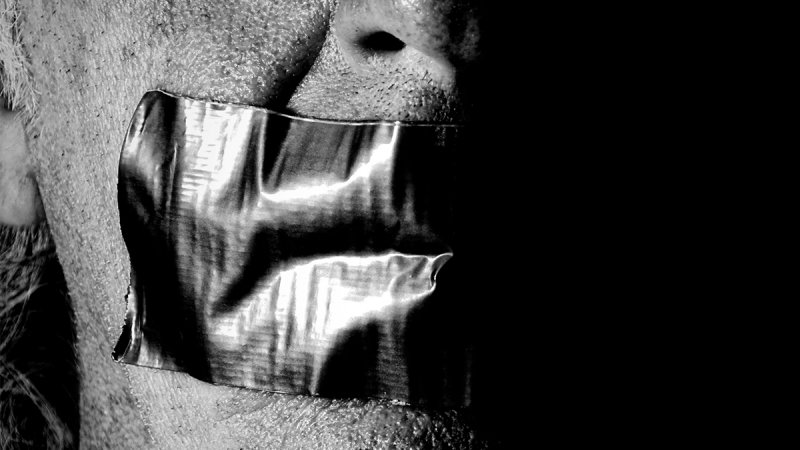The word “slavery” may conjure images of cotton fields in the deep south of America, a civil war that divided a nation and the revolutionary abolition of slavery. However, it is critical that we recognise that slavery still exists. In fact, it is the second largest criminal industry worldwide, generating around $150 billion a year. It is estimated that a massive 40 million people suffer in slavery worldwide, 13,000 of whom live in the UK. Modern slavery can be defined as the exploitation of people. It comes in a variety of different forms that can consequently be difficult to recognise. Whilst slavery may not be as blatant as it was historically, it is very much still present. Its abolition has forced perpetrators to become more devious, therefore we must educate ourselves in recognising and addressing modern slavery.
The Abolition and Evolution of Slavery
The UK abolished slavery in 1833, whilst the USA followed suit in 1865. However, the last country, Mauritania, did not abolish slavery until 1981. Slavery was so deeply imbedded in some cultures that abolition alone could not stop the practice. Over two and a half centuries on from the UK’s abolition, it has become increasingly apparent that slavery sadly features in today’s society. Whilst the abolition of slavery has not ceased the practice, it has instead forced criminals to change the ways in which they practice slavery. This has led to an evolution in exploitation and meant that slavery is harder than ever to recognise.
The Different Forms of Modern Slavery
The distinct forms of modern slavery are often co-existent and overlapping. However, they can be broadly divided into ten types:
| Types of Slavery | Definition |
| Human trafficking | The threatening, coercion or tricking of people into a situation where they can be exploited and traded for financial gain. |
| Labour exploitation | Forcing people to work for little or no money. |
| Sexual exploitation | Forcing individuals to work in the sex industry, including: online sites, brothels, pole dancing clubs and street prostitution. |
| Financial exploitation | The targeting of vulnerable people by trusted individuals, to steal money or take out loans in their name. |
| Forced organ harvesting | The removal of someone’s organs/eggs for sale on the black market. |
| Forced criminality | Coercing people to participate in criminal activities like begging, prostitution and theft. |
| Forced, early or sham marriages | Coercion of people into marriages against their will. |
| EU status exploitation | The targeting of EU citizens for sham marriages in order to obtain citizenship. |
| Descent based or hereditary | Where people are born into slavery due to their families’ ranking in society. |
| Domestic servitude | Coercion of people into performing housework against their will, which is often accompanied by imprisonment. |

Recognising Modern Slavery
The first step towards combatting modern slavery is recognising it. The victims of modern slavery do not fit one universal profile as slavery is indiscriminate of age, race, wealth and gender. Some types of slavery correlate with a higher proportion of some profiles, however. For instance, domestic servitude often affects young, foreign women; labour exploitation mainly affects men and sexual exploitation more commonly affects women and children. Victims of modern slavery are often reluctant to reveal the extent of their mistreatment. This can be because they are afraid of their “owners”, they fear being deported if they don’t have a legitimate visa or they are accompanied by the perpetrators when in contact with the public, for example. For this reason, we must be vigilant for any indicators and red flags of modern slavery. Here are some signs you can look out for:
- Victims will often live in squalid, overcrowded conditions and be moved from job to job regularly.
- They may be subjected to inhumane treatment such as physical and verbal abuse.
- Often victims have physical injuries and/or deformities from their work and abuse.
- Hygiene facilities are often lacking so victims may have poor personal hygiene and wear dirty, old clothes.
- Aggression and nervousness can be psycho-behavioural indicators of modern slavery.
Why is Modern Slavery an Important Issue in Today’s Society?
The sheer number of people suffering in modern slavery worldwide demands both our attention and our action. The Modern Slavery Act 2015 streamlines legislation by consolidating and simplifying all existing offences relating to modern slavery and trafficking. Section 54 of the act concentrates on increasing transparency in supply chains, making modern slavery the responsibility of all. A key approach for combating modern slavery is increasing public awareness. Knowledge and understanding of modern slavery types, along with our responsibilities, is essential. Undertaking regular modern slavery training courses helps to develop and refresh the skills required to confine slavery to the history books.

